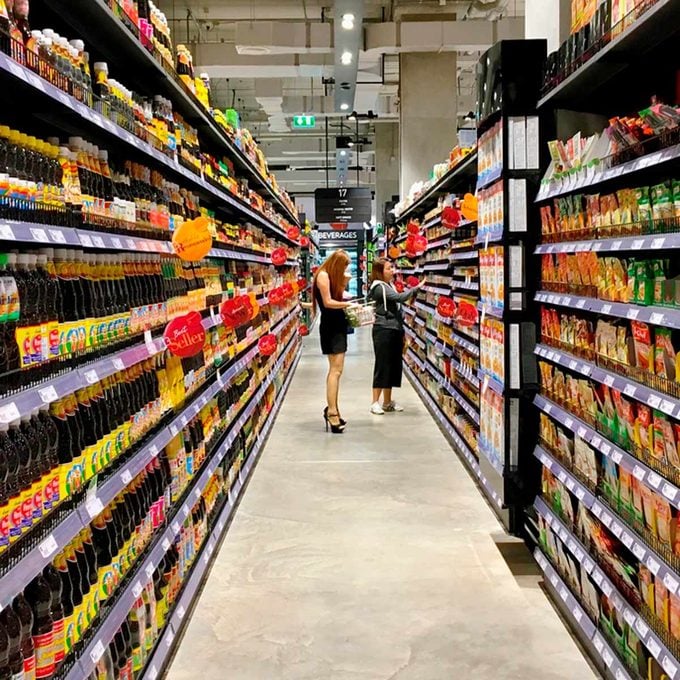The Real Numbers To Look at When Grocery Shopping
Updated: Apr. 10, 2024
Using unit price numbers when grocery shopping

Grocery shopping can be really fun, but when you breeze through the aisles without investigating pricing, you can end up with a hefty bill at the end of your trip. To avoid a jaw-dropping number at the check-out counter, take advantage of unit pricing.
This is the best day of the week to go grocery shopping if you want to save money.
To really make the most of your grocery shopping, saving money is just as crucial as getting the goods you came to buy. Unit pricing is an intricate piece of the puzzle, as it makes comparing prices of different brands or even sizes, much easier in terms of choosing the product that will save you the most money. Unfortunately, unit pricing isn’t transparent.
Let’s start with this: the unit price on a products’s label isn’t always accurate, according to Consumer Reports. This is due to the fact that only 19 states and 2 territories have unit pricing laws and regulations, and only 11 have mandatory unit pricing rules, such as how unit prices should be calculated and displayed. This means the unit pricing you see on a label can vary from store to store, or between products within the same store. Meanwhile, some products are difficult to compare with the unit price because they vary a lot by type.
So how can you take advantage of unit pricing information? The solution is to do the math yourself, and consider what you’re calculating closely. While it may require some time, if you’re serious about getting the most bang for your buck, you should do it.
Make transporting your groceries easier with this simple hack.
Here’s are several examples. Paper towels often have a “per 100 sheets” unit pricing. This one is difficult because sheet sizes aren’t the same for all brands. A more appropriate calculation would be finding the value based on total square feet per roll. Laundry detergents can have different concentrations, with some offering a product with 2x the washing power. This can mess up the calculation when comparing unit prices per fluid ounce. What you should really look at is the number of loads per container listed on the bottle, and use that as your unit for comparison. Here are a few reasons why free food samples in grocery stores work.
For extra help, download apps meant to alleviate all the confusion of unit pricing, like CompareMe Shopping Utility for iOS.